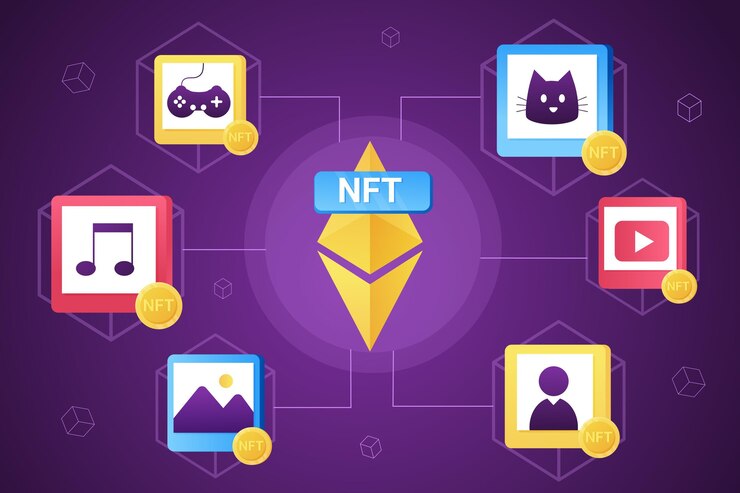“Privacy Coins: Balancing Security and Regulation”
Introduction
The advent of cryptocurrencies has ushered in a new era of digital finance, promising financial autonomy and decentralization. A subset of cryptocurrencies, known as privacy coins, has emerged with a specific focus on enhancing user privacy and anonymity. While this characteristic is appealing to many, it has also drawn significant scrutiny from regulators and law enforcement agencies due to its potential for misuse. This article delves into the complexities surrounding privacy coins, examining their underlying technologies, the rationale behind their creation, the regulatory challenges they pose, and potential solutions for striking a balance between privacy and security.
Understanding Privacy Coins
Privacy coins are cryptocurrencies designed to obfuscate transaction details, sender identities, and recipient addresses, making it difficult to trace or surveil cryptocurrency transactions. Unlike Bitcoin, which records all transactions publicly on a blockchain, privacy coins employ advanced cryptographic techniques to enhance user privacy.
Key Privacy-Enhancing Technologies
- Ring Signatures: This technique allows multiple public keys to be associated with a transaction, making it difficult to determine the actual sender.
- Confidential Transactions: This method encrypts transaction amounts, making them unreadable to third parties while maintaining transaction verification.
- Zero-Knowledge Proofs: These cryptographic protocols enable one party to prove to another party that they know a value without revealing the value itself.
- Stealth Addresses: These are one-time-use addresses generated for each transaction, making it challenging to link multiple transactions to a single user.
The Rationale Behind Privacy Coins
The demand for privacy coins stems from a growing concern about surveillance and data privacy in the digital age. Users seek to protect their financial data from prying eyes, including governments, corporations, and cybercriminals. Additionally, privacy coins can be used for legitimate purposes such as protecting whistleblowers, safeguarding financial transactions in regions with unstable economies, and preserving user anonymity in online marketplaces.
The Regulatory Dilemma
The ability of privacy coins to obscure transaction details has raised concerns among regulators and law enforcement agencies due to their potential misuse for illicit activities such as money laundering, tax evasion, and terrorist financing. The challenge lies in developing effective regulatory frameworks that protect financial integrity without stifling innovation and infringing on individual privacy rights.
Key Regulatory Challenges
- Defining Privacy: Determining the appropriate level of privacy required for cryptocurrencies is a complex issue. Overly restrictive regulations could hinder legitimate use cases while insufficient regulation could facilitate illicit activities.
- Balancing Privacy and Transparency: Striking a balance between protecting user privacy and ensuring transparency for law enforcement is crucial.
- Technological Challenges: Monitoring and analyzing privacy coin transactions is technically demanding, requiring specialized tools and expertise.
- International Cooperation: Effective regulation of privacy coins necessitates international cooperation due to the global nature of cryptocurrencies.
Potential Solutions
Addressing the challenges posed by privacy coins requires a multifaceted approach involving technological advancements, regulatory innovation, and industry collaboration.
Technological Solutions
- Enhanced Privacy Tools: Developing more sophisticated privacy-enhancing technologies could help to differentiate between legitimate and illicit use cases.
- Blockchain Analysis: Improving blockchain analysis tools can aid in identifying suspicious activities and tracking the flow of funds.
- Artificial Intelligence and Machine Learning: Leveraging AI and ML can help detect patterns of illicit behavior and improve the efficiency of investigations.
Regulatory Frameworks
- Risk-Based Approach: Implementing a risk-based approach to regulation can focus on high-risk areas while allowing for innovation in low-risk segments.
- Public-Private Partnerships: Collaborating with the cryptocurrency industry can facilitate the development of effective regulatory frameworks.
- International Cooperation: Strengthening international cooperation is essential for addressing the global nature of privacy coins.
Industry Self-Regulation
- Industry Standards: Developing industry-wide standards for privacy coin practices can enhance transparency and accountability.
- Compliance Frameworks: Implementing compliance frameworks can help privacy coin platforms mitigate risks and build trust.
- Education and Awareness: Educating users about the risks and benefits of privacy coins is crucial for promoting responsible usage.
The Road Ahead
The future of privacy coins will be shaped by the interplay between technological advancements, regulatory developments, and societal attitudes toward privacy. Finding a balance between protecting user privacy and preventing illicit activities will be an ongoing challenge. As the cryptocurrency ecosystem continues to evolve, it is essential to foster a collaborative environment between regulators, industry stakeholders, and privacy advocates to ensure a sustainable and secure future for privacy coins.







